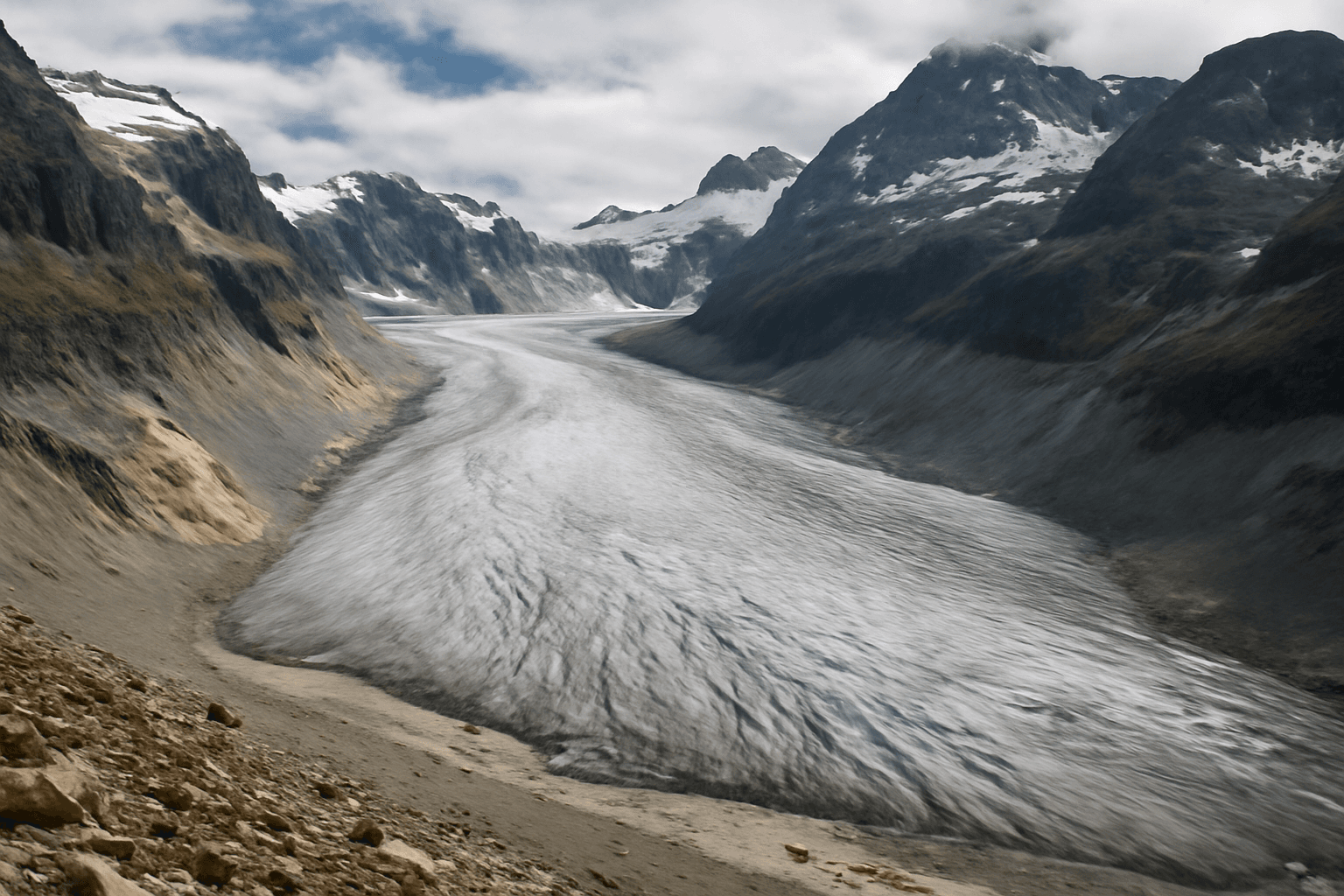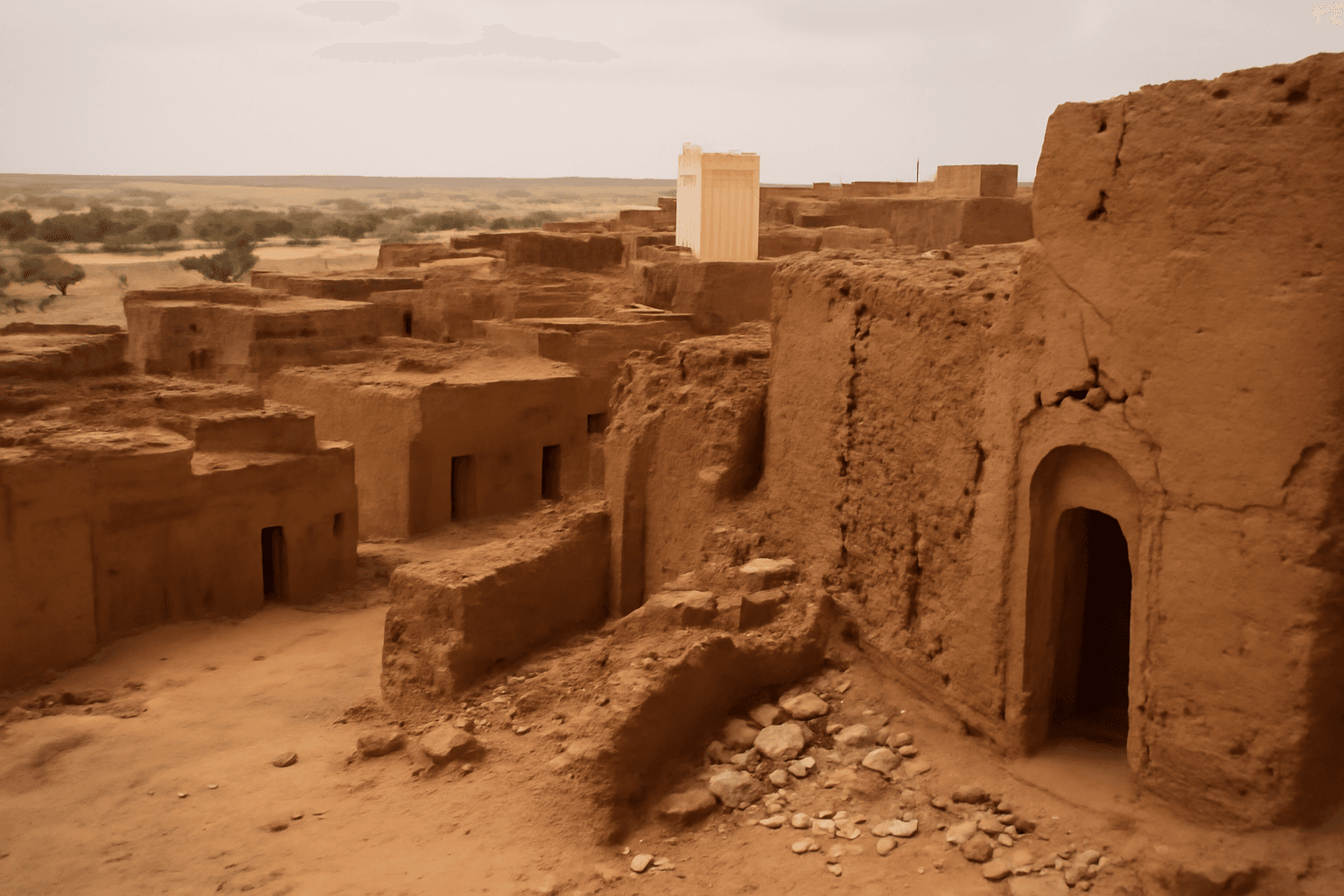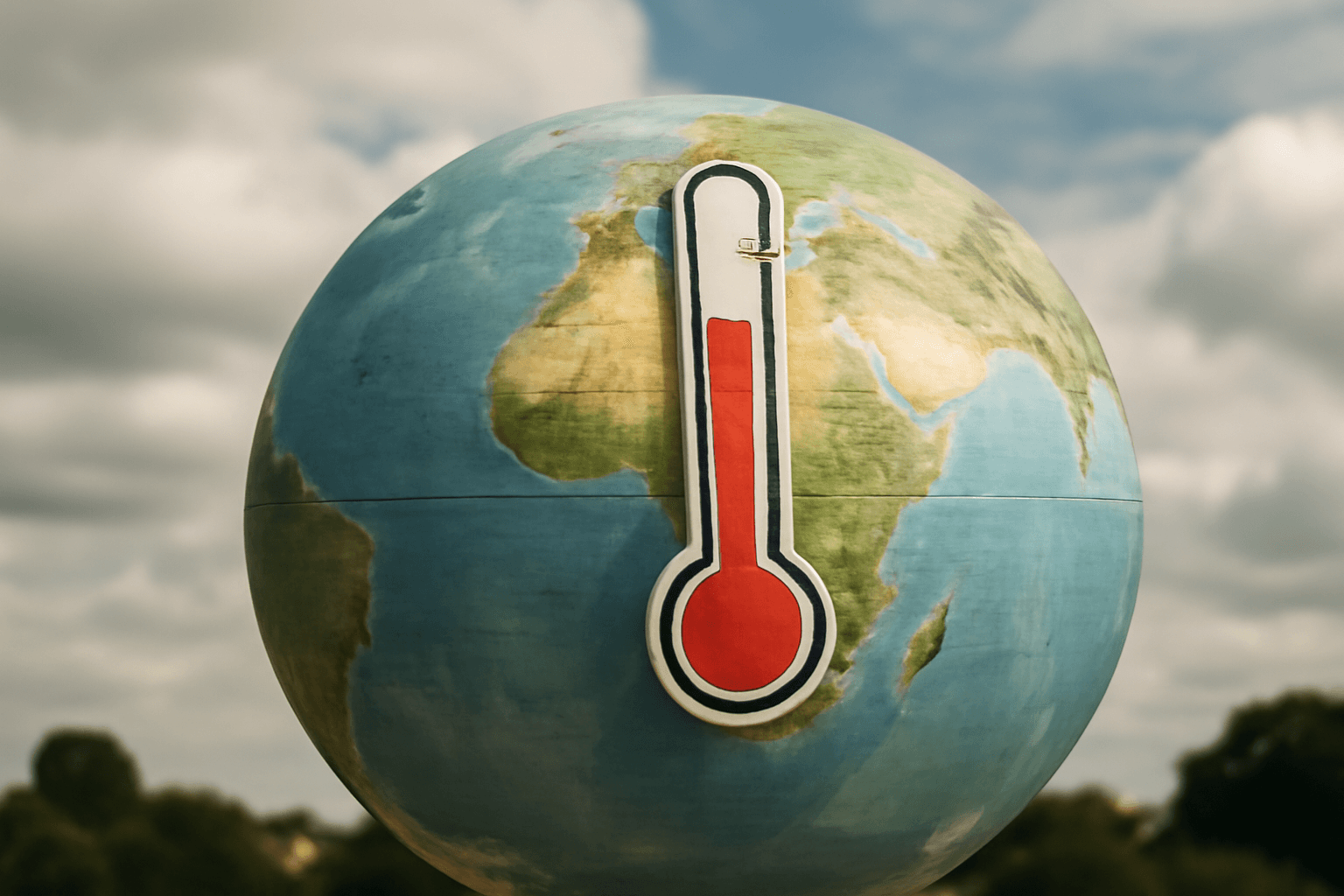A massive landslide consisting of millions of cubic meters of ice, mud, and rock devastated the Swiss village of Blatten on Wednesday, leaving much of the community buried and several houses flooded.
The 300 residents had been evacuated earlier in May after signs of instability were detected near the Birch Glacier. Despite ongoing search efforts employing dogs and thermal drones, a 64-year-old man remains missing. Authorities suspended the search temporarily due to the instability of the debris and potential risk of further rockfalls.
The disaster has caused a substantial blockage in the River Lonza, leading to rapidly rising water levels—up to 80 centimeters per hour—raising concerns about possible flooding and a threat to the nearby Ferden Dam. The dam has been preemptively emptied to serve as a buffer and reduce risk.
Swiss President Karin Keller-Sutter, currently attending international talks, announced an early return to visit the affected site. Local residents expressed profound shock and loss, with some losing family homes dating back centuries. Rescue operations include military support with personnel and heavy equipment ready to assist when conditions improve.
The incident has heightened attention on the effects of climate change in the Alps, particularly regarding thawing permafrost loosening rock formations and increasing mountain hazards. Experts from the Swiss Glacier Monitoring division attribute the collapse in part to climate change-induced destabilization.
This tragic event underscores the urgent challenges posed by rising temperatures in sensitive mountain environments and the need for continued vigilance and adaptation strategies in vulnerable Alpine communities.











